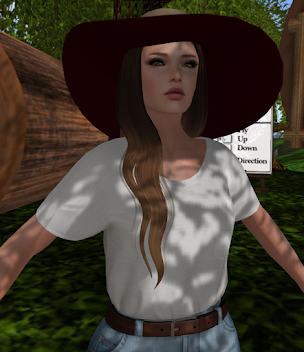What is Augmented Reality?
Wednesday, January 13, 2021
Augmented Reality
Virtual Reality
What is Virtual Reality?
Digital reality apps are applications that allow the use of virtual reality (VR), an interactive sensory interface that simulates a virtual world on a digital basis. Applications have been produced in a number of areas, such as education, architecture and urban planning, digital marketing and advocacy, innovation and robotics, culture, fine arts, wellbeing, and clinical rehabilitation, history and archaeology, occupational safety, social sciences, education, and psychology.
VR is used to allow students to build skills without the real-world repercussions of failure, especially in areas with life-or-death implications. The basic interface used to have VR experience, whether by a cell phone or a desktop computer, does not seem to have an effect on any educational advantage.
In recent case studies, the VR training approach not only shows improved comprehension but also greater satisfaction among students. The number of errors can be minimized and the time required to perform complex tasks can be shortened. Growing numbers of businesses depend on virtual reality when it comes to the onboarding of workers.
Youtube Vr
The Youtube Vr application allows you to watch easily with headphones and some types of equipment.
Click here to watch a video about how to use Youtube Vr mode.
Youtube settings.
Sinespace
The virtual world for unity developers!
Tuesday, January 12, 2021
Second Life
Education in Second Life
Second Life is used as an educational forum by a variety of institutions, such as schools, hospitals, libraries, and government departments. There are over a hundred regions used for instructional purposes, including topics such as chemistry and English. Second Life teachers and scholars prefer it because it is more private than conventional distance learning.
An avatar I created with Second Life.
Voicethread
Transforming media into collaborative spaces with video, voice, and text commenting.
Pixton
Comic creator for teachers.
Animatron
Create animations and explainer videos with Animatron.
Animatron Studio is an incredibly simple and versatile online animated video creator that helps you to create beautiful animations and quick drag-and-drop images. Studio empowers companies, organizations, and people with limitless imagination by providing innovative ways to personalize and tailor their visual stories.
For even improved user experience, Animatron Studio provides Lite mode, a streamlined version designed especially for those who have never had an animation experience before.
The company originated as a result of an animation experiment entrusted to the 10-year-old daughter of the creator. Today, a few years later, Animatron meets digital media needs and facilitates brand-driven storytelling with its products: Wave. video—a video marketing tool for producing, editing, and hosting content, and Animatron Studio—a versatile online animator.
Powtoon
PowerPoint + Cartoon = Powtoon !
Prezi
Virtual Presentation Software.






















